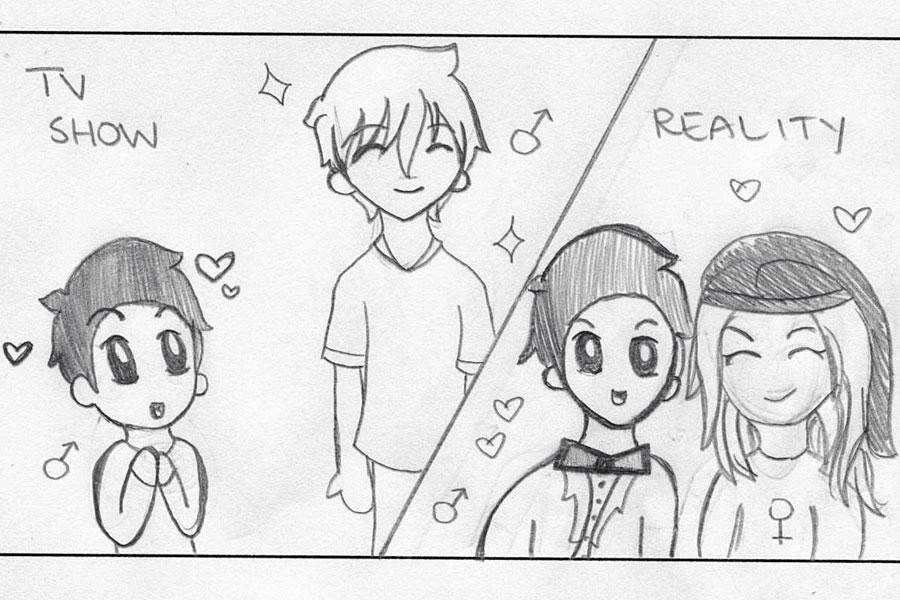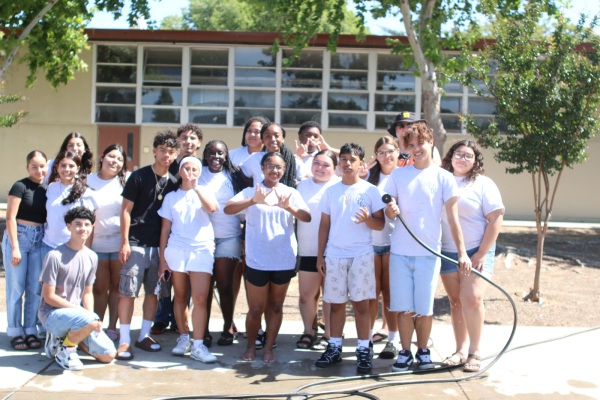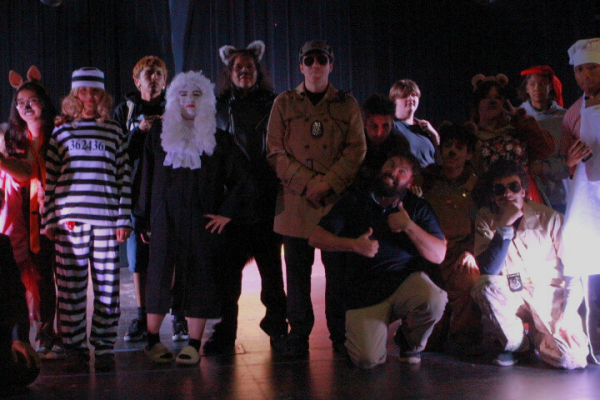Queer baiting shows diversity
“We are all human, everyone should be equal,” said Alexis Lovecchio, a junior.
This opinion represents a social change that’s happening with television shows and movies. More of them are now including same-sex relationships to please their lesbian, gay, bisexual, and transvestite viewers but are also trying to maintain indifferent and even homophobic viewers. TV shows like “The Fosters,” “Orange Is The New Black,” “Pretty Little Liars,” “Sherlock,” and many more take advantage of what is called “queer baiting.”
“It’s similar to (mixing) people with different races,” said Alex Qualls, sophomore. “You have to include it.”
Queer baiting offers another perspective to viewers. It lets them know that being a part of the LGBT community is okay. For example, in the show “Pretty Little Liars,” Emily Fields (Shay Mitchell) comes out of the closet. After doing so, there are many scenes of her and her loved one kissing and holding hands.
Now, is it morally right to put emphasis on the LGBT community? There is a big social divide on this topic and several students have a strong stand for or against it.
“It’s the same as a boy and a girl doing it,” Qualls said. “It’s healthy and should be mentioned; people shouldn’t ignore it.”
As for other students, they disapprove of the whole queer baiting.
“Overall it’s awkward because if you’re sitting with your parents, they won’t let you watch it,” Aylin Murillo, a senior, said. “It’s uncomfortable and inappropriate in a sense.”
Some people disagree with queer baiting for their own reasons: their family isn’t used to seeing some scenes or they just aren’t comfortable with the whole topic. This divide is quickly growing on social media.
For example, when the Disney channel show, “Good Luck Charlie,” came out with an episode of mothers of the same sex, social media began to explode with this controversial topic. Some thought that children need to know, because it’s a really big part of life, while others thought it was unnecessary and confusing to young children.
This disagreement goes beyond the TV show or movie and into the actor’s personal life. Actors play a major role in queer baiting. For example, Stef and Lena Foster (Teri Polo and Sherri Saum), in the show “The Fosters,” are a married couple on the screen but off it they go back to being friends with different lives and marriages. However, some actors, like James Franco, get criticism for supporting queer baiting and since he lives with a male roommate, fans are questioning his sexuality.
Queer baiting is a growing trend in the film industry to help support homosexuality. Although it may not yet be accepted by a majority of viewers, movies and shows are beginning to involve this to raise their ratings.
“You see people of different sex kissing and it’s okay,” said Lovecchio. “When people of the same sex do it, it’s not okay?”






